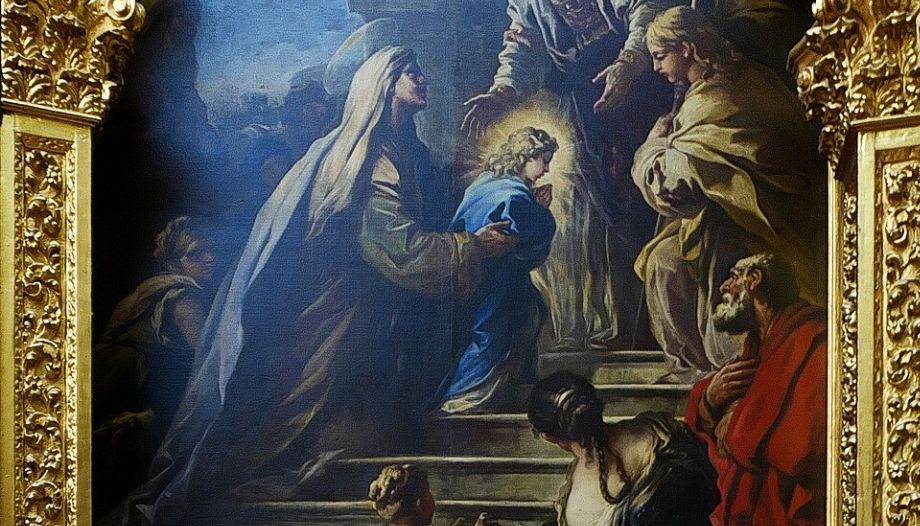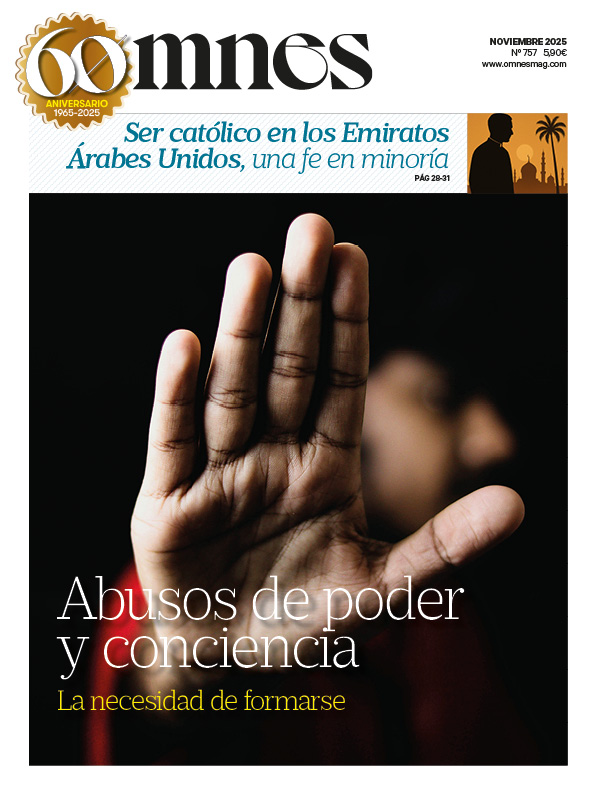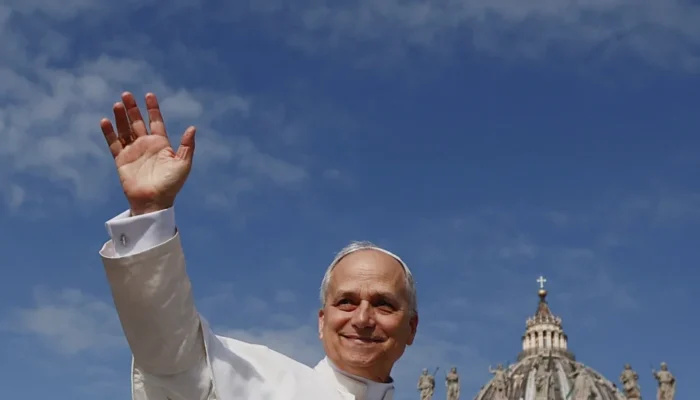According to tradition, inspired In the apocryphal Protoevangelium of James, Mary was taken to the Temple in Jerusalem at the age of three by her parents, Saint Joachim and Saint Anne, to consecrate her to the Lord. The Church sees in this early offering of the Presentation of the Virgin the image of Mary as a “living temple,” the one who will welcome the Son of God into her womb.
The feast has ancient roots. It was already celebrated in the East since the sixth century, linked to the dedication of the Basilica of Saint Mary the New in Jerusalem. In the West, it was incorporated into the Roman calendar in 1585 by Pope Sixtus V. Beyond its date and origin, this memorial illuminates the mystery of Mary as a creature fully open to grace from the beginning of her history.
Current call and prophetic sign
The initial dedication of the Virgin Mary anticipates decisive moments, such as her “yes” at the Annunciation, or her faithful presence at the foot of the Cross. Many spiritual authors see in this feast an invitation to offer our own lives as temples for God, following in Mary's footsteps.
The Presentation of the Virgin Mary It is not just a memory of the past. It is a current call to discover the beauty of silent fidelity, authors point out. This day is also an opportunity to give thanks for the vocation of those who today consecrate their lives to the Lord. Coinciding with this feast, the Church celebrates Pro Orantibus Day, dedicated to contemplatives.
Nor is it a remote event, but a prophetic sign. God delicately prepares the history of salvation, and He does so by counting on the humble “yes” of a little girl. This feast must be distinguished from the Presentation of the Lord in the Temple by Mary and Joseph, which the liturgy celebrates on February 2. There, the elderly Simeon and the prophetess Anna appear.








